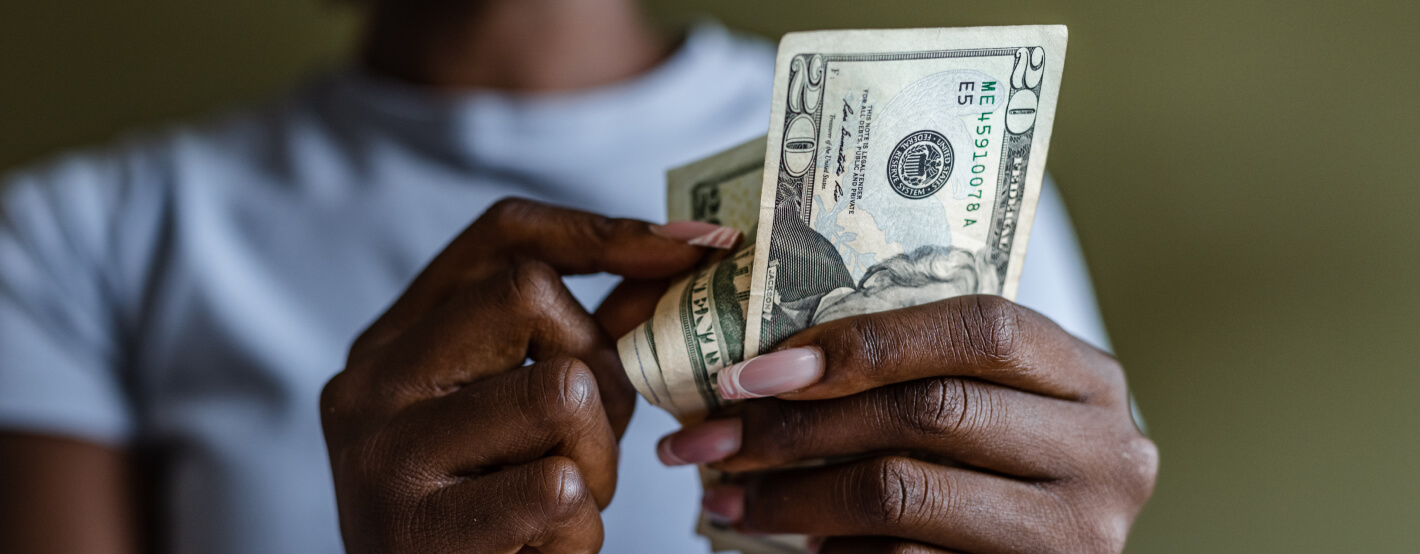Payday loans are a quick-fix solution for immediate cash needs. They have a fairly straightforward application process, and no credit check is required.
So why are payday loans so much easier to qualify for than traditional bank loans? First, they have less strict lending requirements. For instance, you typically only need a bank account, a form of identification, and proof of income, like a pay stub.
With payday loans, you can step foot into a payday loan center and have cash in hand, or have the funds dropped into your account within the next business day. Payday loan amounts are usually small, and many max out at $500.¹
So how do payday loans differ from other types of loans? While fast and convenient, payday loans are known to have very high fees – $10 to $30 for every $100 borrowed. The full amount is due in full on your next payday. So if you owe $15 for every $100 loaned, that’s the equivalent of an APR of 400%.²
Because of these high fees, which can be viewed as predatory, payday loans are banned in several states, including Arizona, Arkansas, Connecticut, Georgia, Illinois, Maryland, Massachusetts, Montana, Nebraska, New Hampshire, New Jersey, New Mexico, New York, North Carolina, Pennsylvania, South Dakota, Vermont, and West Virginia, and Washington, D.C. Plus, they’re restricted in a handful of other states.³
If you’re looking at a cash advance versus a payday loan, you can get a cash advance through a cash advance app or your credit card issuer. While you need to pay off your payday loan by your next payday, you can make payments over time with a cash advance. Cash advances do, however, come with higher interest rates and fees.


